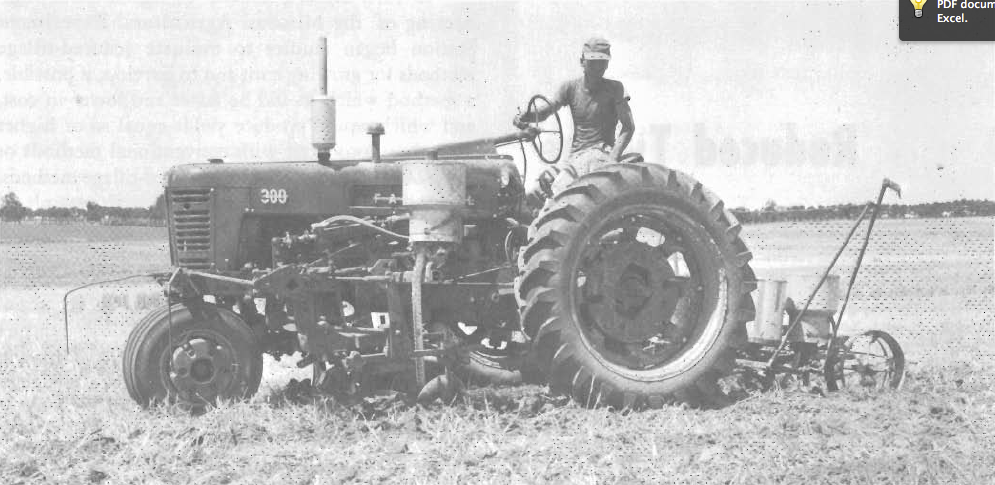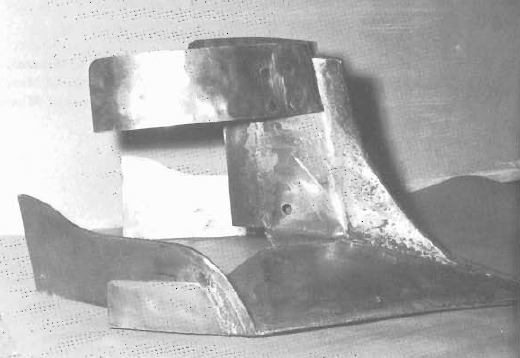The images of the machinery being tested by the University of Missouri and USDA more than 50 years ago don’t resemble what strip-tillers are using today for corn, soybeans and other crops.
But a report Reduced Tillage In Corn Production (link goes to PDF download), based on research conducted from 1956 through 1962, describes two methods of reduced tillage: wheel-track and the “strip plow.”
According to the report’s summary, both new methods produced yields equal to those produced with conventional methods, but at lower cots. The authors were J.S. McKibben, F.D. Whitaker and M.M. Jones.
“The new method consists of using a special tool, called a strip plow, which, when combined with suitable attachments, plows strips 22 inches wide and a standard row width apart, fertilizes, applies herbicide and insecticide and plants in a once-over operation,” the report reads.
Interestingly enough, the report says that the strip-plow method started out as “strip-till.” (Figure 1) and was later developed into the “strip-plow” method. The strip-till equipment was front-mounted on the tractor’s cultivator frame and consisted of wide sweeps to move trash from the rows, along with 9-inch deep-tiling sweeps, disc hillers and rotary hoes. A planter mounted on the rear of the tractor planted into the center of the freshly tilled strips.

Figure 1
The 12-page report also contains a photo (Figure 2) that clearly shows how different the strip plow is from today’s mole knives, shanks and coulters.
But knowing what strip-tillers are using today, it’s easy to look back and see how kernels of this decades-old concept developed into today’s strip-till machinery.

Figure 2





